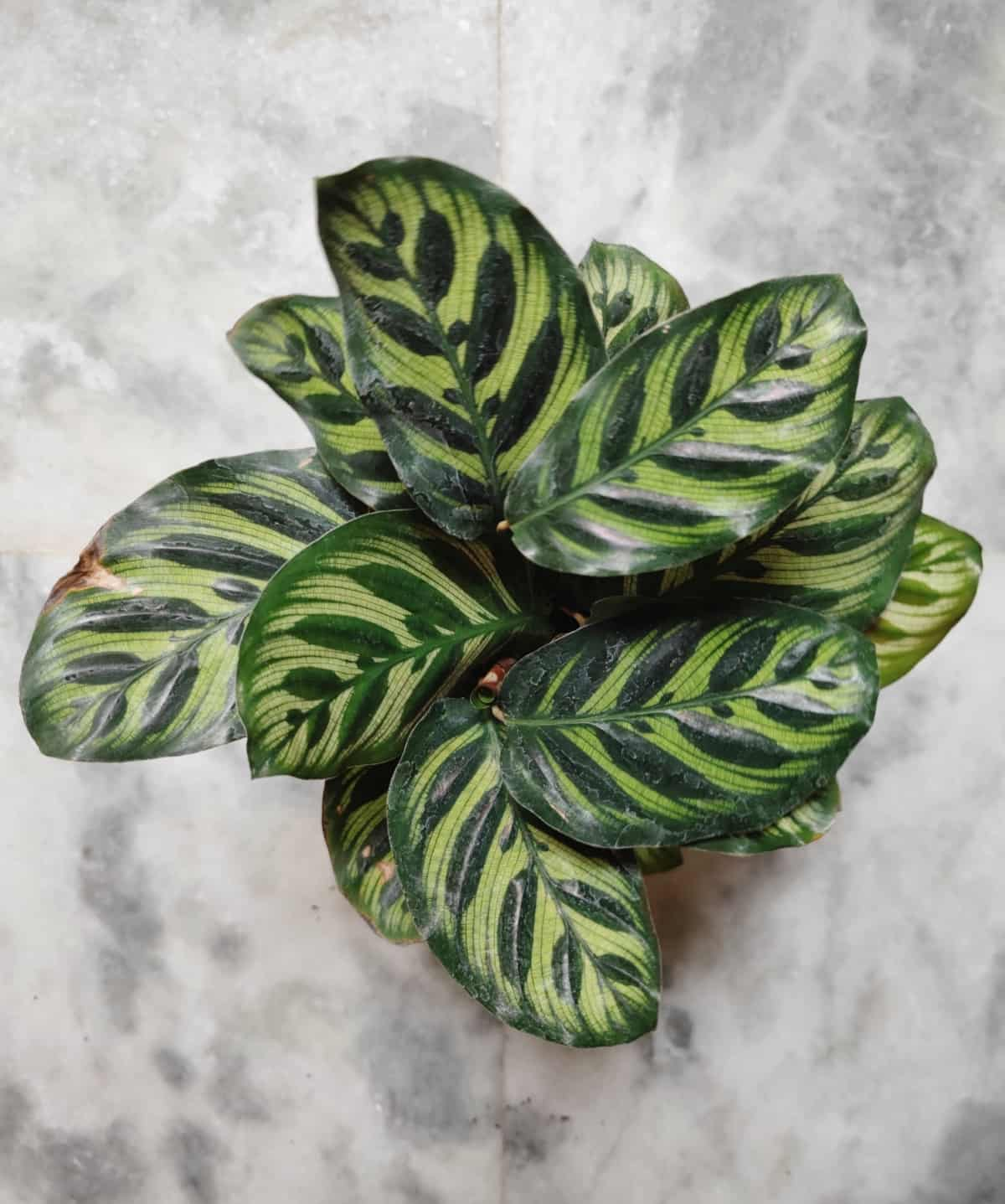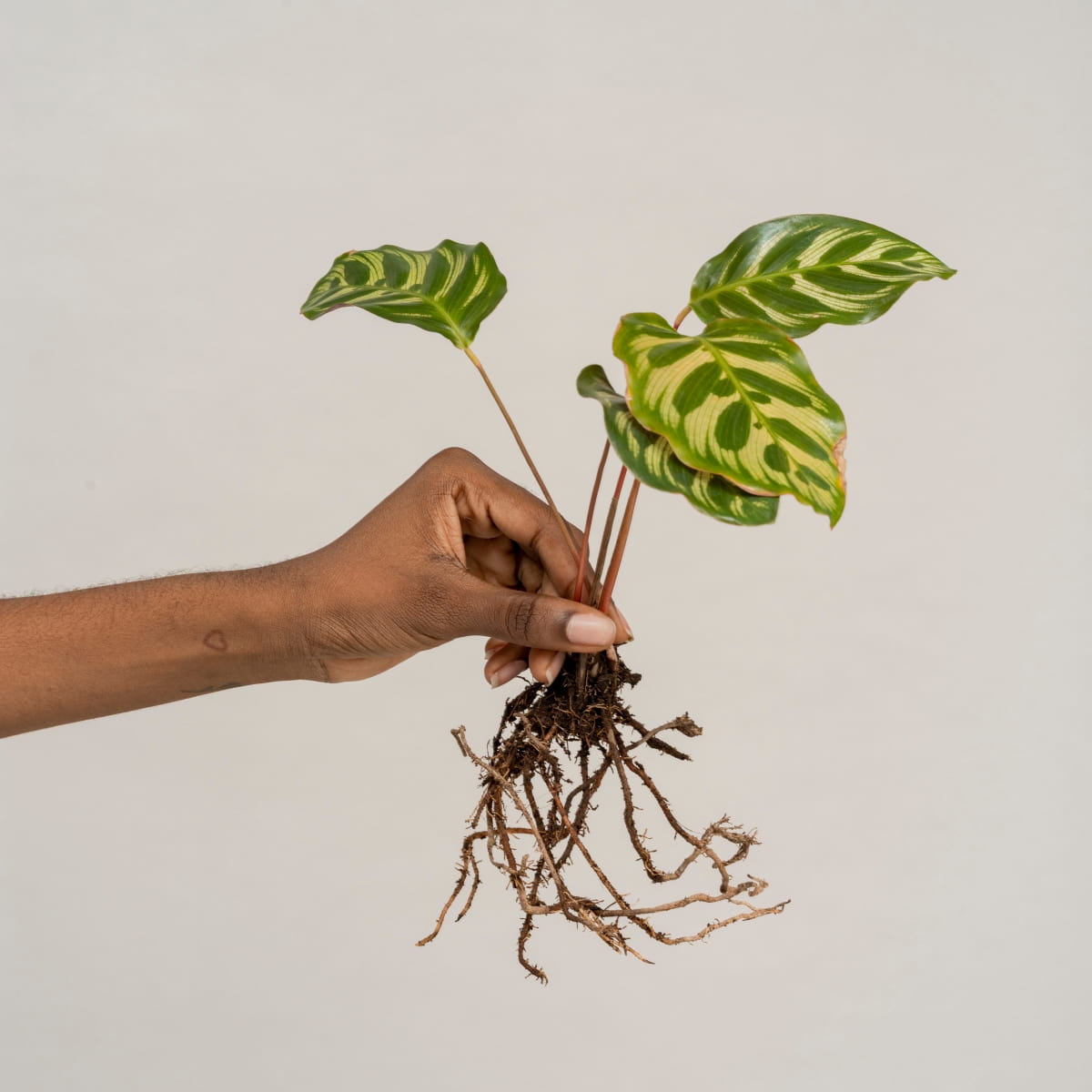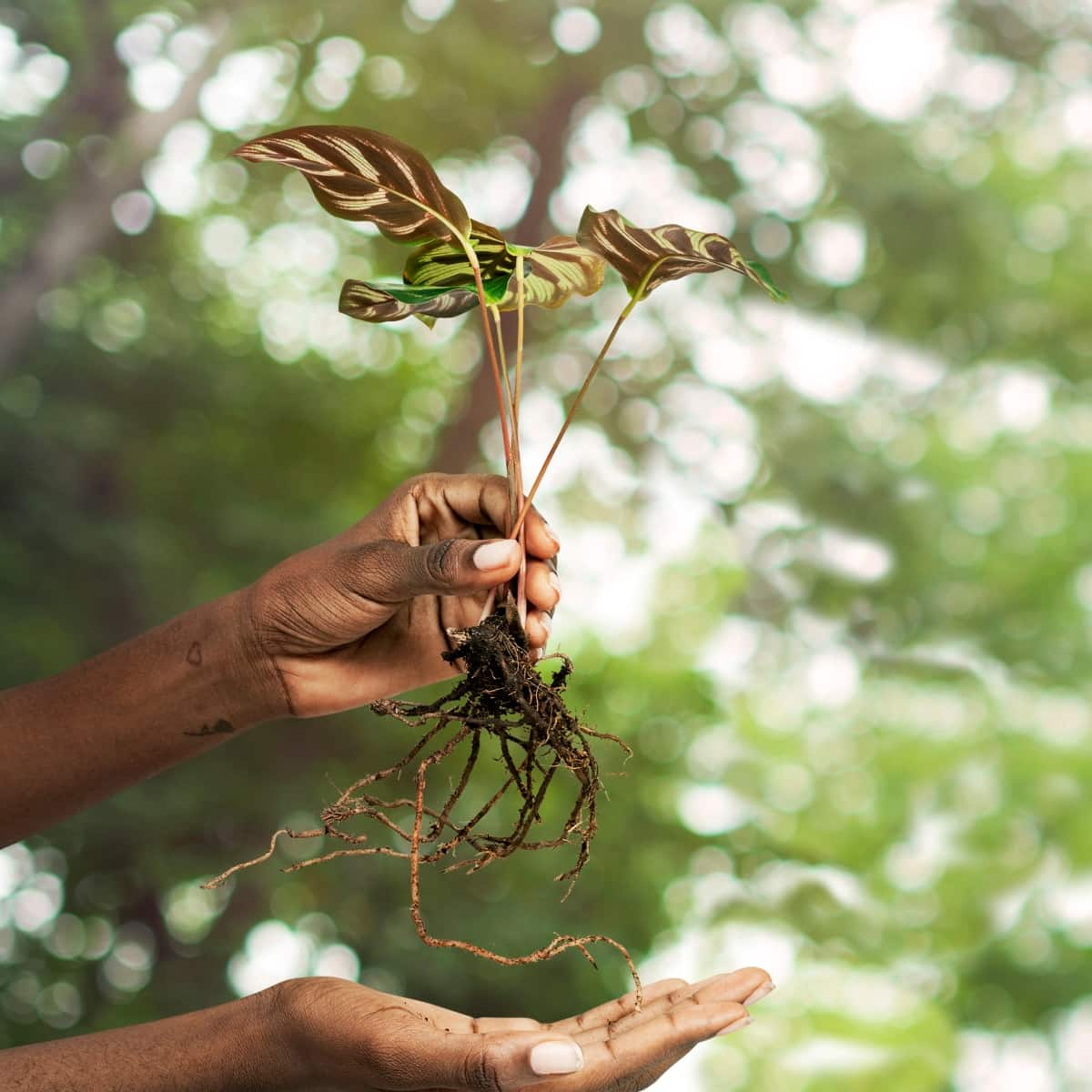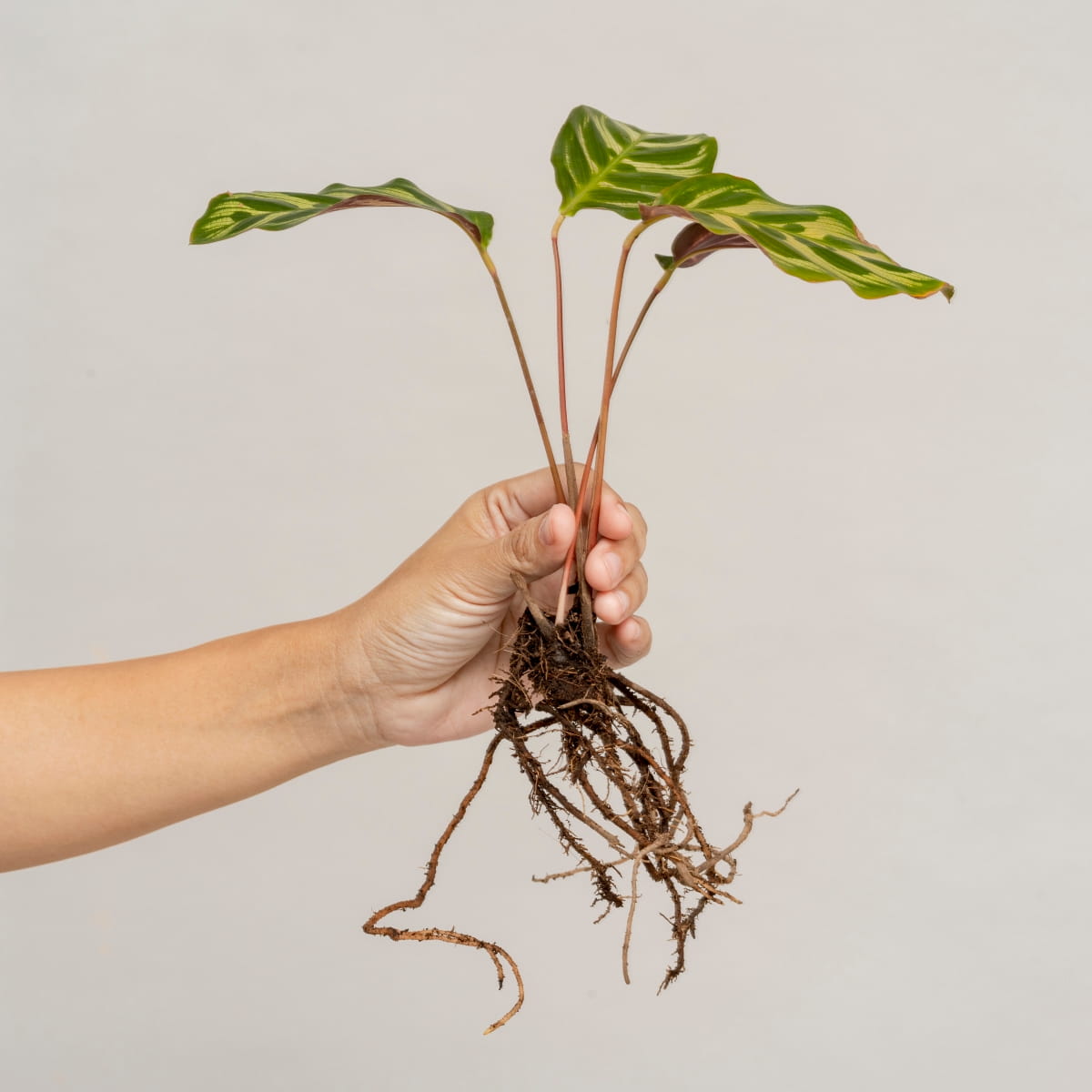Introducing the Ultimate Guide to Managing Peacock Plant Pests and Diseases: Prevention and Treatment. Learn effective techniques, from natural repellents to chemical pesticides, to combat common issues like mealybugs, root rot, and fungal infections in Calathea plants. Discover essential maintenance tips and biological control methods for a healthy and thriving indoor Calathea collection.

Managing Peacock Plant Pests and Diseases
Peacock Plant
The peacock plant, also known as Calathea makoyana, is a beautiful tropical houseplant with stunning peacock-feather patterns on its broad leaves. It is native to the tropical forests of Brazil, where it grows under the shade of tall trees. It is a popular houseplant for its attractive foliage and easy care requirements.
Common Pests Identification
Aphids: Aphids are small, soft-bodied insects which suck the sap from the plant’s leaves and stems. They can cause yellowing, curling, and distortion of the leaves, as well as honeydew secretion that attracts ants and fungal growth.
Mealybugs: These are white, cottony insects that also suck the sap from the plant’s tissues. They can cause stunted growth, leaf drop, and sooty mold formation on the leaves.
Whiteflies: These are tiny, white-winged insects that feed on the plant’s sap and excrete honeydew. They can cause the plant to yellow, wilt, and lose its vigor, as well as transmit viral diseases.
Spider mites: These are microscopic arachnids that pierce the plant’s cells and feed on the chlorophyll. They can cause fine webbing, speckling, bronzing, and drying of the leaves.
Fungal Disease Management
- Powdery mildew fungal disease that causes white, powdery patches on the surface of the leaves. It can reduce photosynthesis and make the plant look unsightly.
- Root rot fungal disease mostly affects the roots of plants. It is caused by overwatering or poor drainage and can cause wilting, yellowing, and death of the plant.
Bacterial Infection Solutions
- Leaf spot: This bacterial disease that causes brown, circular spots on the leaves. It can spread rapidly and cause defoliation of the plant.
- Bacterial wilt is a bacterial disease that affects the plant’s vascular system. It is transmitted by insects or contaminated tools and can cause sudden wilting, browning, and collapse of the plant.
In case you missed it: Management of Philodendron Pests and Diseases: Effective Strategies for Control, Treatment and Prevention

Preventative Pest Measures
The best way to prevent pests, diseases from affecting your peacock plant is to provide it with optimal growing conditions and good cultural practices.
- Choosing a healthy plant from a reputable nursery or online seller.
- Inspecting the plant regularly for any symptoms of pests or diseases.
- Isolating any infected or infested plants from other healthy plants.
- Use clean and sterilized tools and pots when handling or repotting the plant.
- Avoid overwatering or underwatering the plant.
- Providing adequate light, temperature, humidity, and ventilation for the plant.
Natural Pest Repellents
If you notice any pests on your peacock plant, you can try some natural remedies to get rid of them before resorting to chemical pesticides.
- Wiping or spraying the leaves with a solution of water, mild soap or neem oil. This can help remove or deter aphids, mealybugs, whiteflies, and spider mites.
- Introducing beneficial insects like ladybugs, lacewings to your indoor garden. These can help control aphids and whiteflies by feeding on them.
- Applying diatomaceous earth or cinnamon powder to the soil surface. This can help prevent or kill fungus gnats and other soil-dwelling pests.
Biological Control Strategies
Another option to manage pests on your peacock plant is to use biological control agents. These are living organisms that prey on or parasitize pests without harming your plant or the environment.
- Bacillus thuringiensis: This is a bacterium that produces toxins that kill caterpillars and other leaf-eating insects. You can apply it as a spray or dust to your peacock plant.
- Beauveria bassiana: This is a fungus that infects and kills various insects such as aphids, mealybugs, whiteflies, and spider mites. You can apply it as a spray or granule to your peacock plant.
- Trichoderma harzianum: This is a fungus that competes with and suppresses other fungi that cause root rot. You can apply it as a drench or granule to your peacock plant.
Chemical Pesticide Use
If natural or biological methods fail to control the pests on your peacock plant, you may need to use chemical pesticides. However, you should use them with caution and follow the label instructions carefully.
- Choose a pesticide use on houseplants and is effective against the specific pest.
- Test the pesticide on a small area of the plant first to check for adverse reactions.
- Apply the pesticide in a well-ventilated area and wear protective gloves, clothing, and eyewear.
- Avoid spraying the pesticide on the flowers or buds of the plant, as this may affect pollination or damage the petals.
- Avoid spraying the pesticide on beneficial insects or other plants that are not affected by pests.
- Dispose of any leftover pesticide or empty containers safely and according to local regulations.
In case you missed it: Comprehensive Guide to Canola Pest and Disease Management: Strategies and Solutions

Plant Immunity Enhancement
- Fertilizing your peacock plant regularly with a balanced, water-soluble fertilizer. This can help provide the nutrients it needs for healthy growth and development.
- Pruning your peacock plant occasionally to remove dead, damaged, or diseased leaves or stems can help improve air circulation and prevent fungal or bacterial infections.
- Pinching back your peacock plant to encourage bushy and compact growth. This can help prevent leggy or weak stems that are more prone to pest attacks.
Environmental Controls
- Providing bright, indirect light for your peacock plant. Avoid direct sunlight that can scorch or fade the leaves.
- Maintaining a temperature range of 60 to 75 degrees F for your peacock plant. Avoid sudden temperature fluctuations or drafts that can stress or damage the plant.
- Creating a high humidity level for your peacock plant. You can do misting the plant regularly, using a humidifier, placing it on a tray of pebbles and water.
- Water your peacock plant when the top inch of the soil feels dry. Avoid overwatering or underwatering, which can cause root rot or wilting.
Maintenance and Hygiene
- You should clean your peacock plant regularly by wiping or dusting the leaves with a damp cloth. This can help remove any dust, dirt, or debris that may harbor pests or diseases.
- Occasionally, you can disinfect your peacock plant by spraying it with a solution of water and hydrogen peroxide. This can help kill bacteria, fungi that may be present in the plant.
- Repotting your peacock plant every one to two years with fresh, well-draining potting mix. This can help refresh the soil and prevent root rot.
In case you missed it: Management of Norfolk Island Pine Pests and Diseases

Conclusion
Peacock plants are beautiful houseplants that can add color and charm to any indoor space. However, they can also be affected by various pests, diseases that can harm their health and appearance. By following this guide, you can learn how to identify, prevent, and treat these problems effectively and keep your peacock plant happy and healthy.
- Beneficial Insects in Pest Management
- Natural Solutions for Pest Control in Flower Gardens
- Types of Fungicides Used in Agriculture
- Common Issues in the Fruit Development Stage of Pomegranate Farming
- Fruit Development Issues in Papaya: Easy Solutions and Treatment
- Soil-Borne Diseases and How to Protect Your Plants
- Practices to Prevent Disease Spread in the Garden
- From Wilted to Thriving: How to Treat Root Rot Naturally in Houseplants
- Natural Remedies to Cure Brown Spots on Fig Tree Leaves